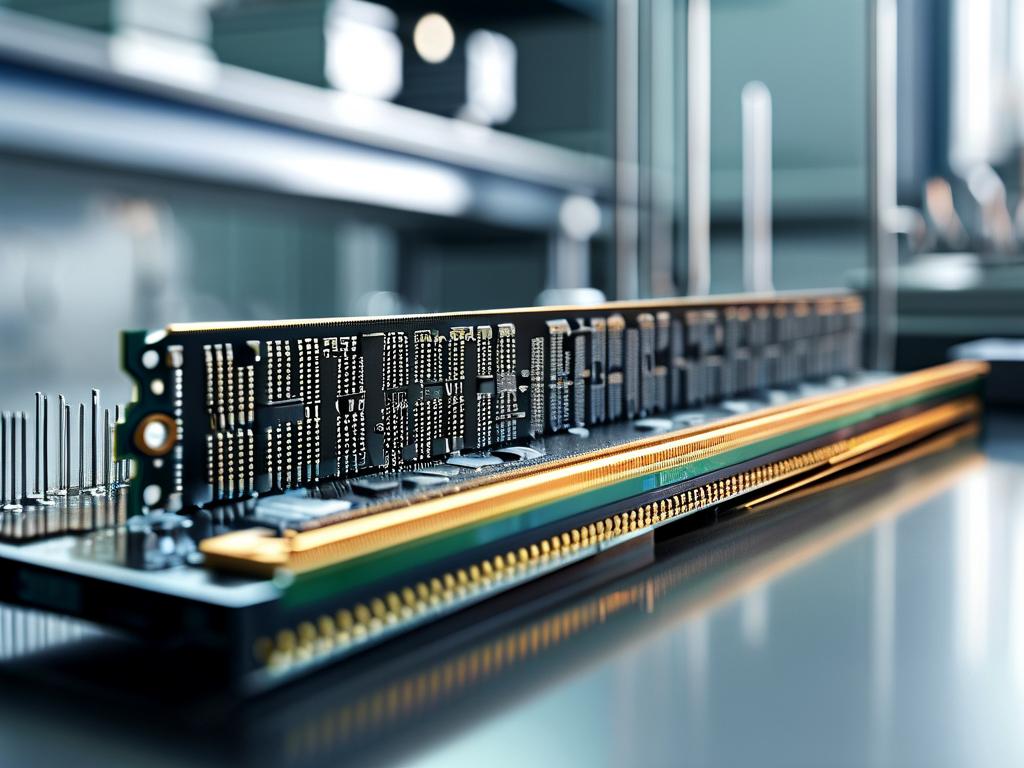Understanding how to manage memory voltage on JINGYUE motherboards is essential for optimizing system stability and performance. This guide explains the principles behind calculating safe voltage ranges and provides actionable steps for both novice and advanced users.

Why Memory Voltage Matters
Memory modules rely on precise voltage levels to function correctly. Insufficient voltage can cause instability or boot failures, while excessive voltage risks damaging components. JINGYUE motherboards, known for their cost-effective designs, require careful configuration to balance performance and hardware longevity.
Key Factors in Voltage Calculation
-
Module Specifications
Check the memory manufacturer’s recommended voltage (e.g., 1.2V for DDR4 or 1.1V for DDR5). This value is typically printed on the module or available in its datasheet. -
Motherboard Limitations
JINGYUE boards often support a voltage range of 1.2V–1.4V for DDR4 and 1.1V–1.35V for DDR5. Exceeding these thresholds may void warranties or trigger protective shutdowns. -
Overclocking Requirements
When overclocking, incremental adjustments (e.g., +0.05V steps) are safer. Use the formula:Safe Voltage = Base Voltage + (OC Frequency % × 0.01V)For example, a 10% overclock on a 1.2V module would require 1.2V + (10 × 0.01V) = 1.3V.
Step-by-Step Configuration
Accessing BIOS/UEFI
Reboot the system and press Delete or F2 to enter the BIOS. Navigate to the Advanced Memory Settings tab.
Manual Voltage Adjustment
Locate the DRAM Voltage field. Enter a value aligned with your calculations. Avoid using the Auto setting for overclocking scenarios, as it may apply unsafe defaults.
Stress Testing
After adjusting, boot into an OS and run tools like MemTest86 or Prime95 for 1–2 hours. Monitor temperatures using HWMonitor. If errors occur, reduce the voltage by 0.02V and retest.
Troubleshooting Common Issues
- Boot Failure: Reset the CMOS via the motherboard jumper or battery removal.
- Random Crashes: Revert to the manufacturer’s default voltage and test individual memory sticks.
- High Temperatures: Install additional case fans or reduce overclocking intensity.
Advanced Techniques
Experienced users can explore voltage offset mode to dynamically adjust values based on workload. For JINGYUE’s H610 or B760 chipsets, third-party tools like Thaiphoon Burner may help extract SPD data for precision tuning.
Calculating memory voltage for JINGYUE motherboards involves balancing manufacturer guidelines, hardware limits, and performance goals. By following structured adjustments and rigorous testing, users can achieve stable overclocks without compromising system health. Always document changes and prioritize incremental modifications to avoid irreversible damage.


